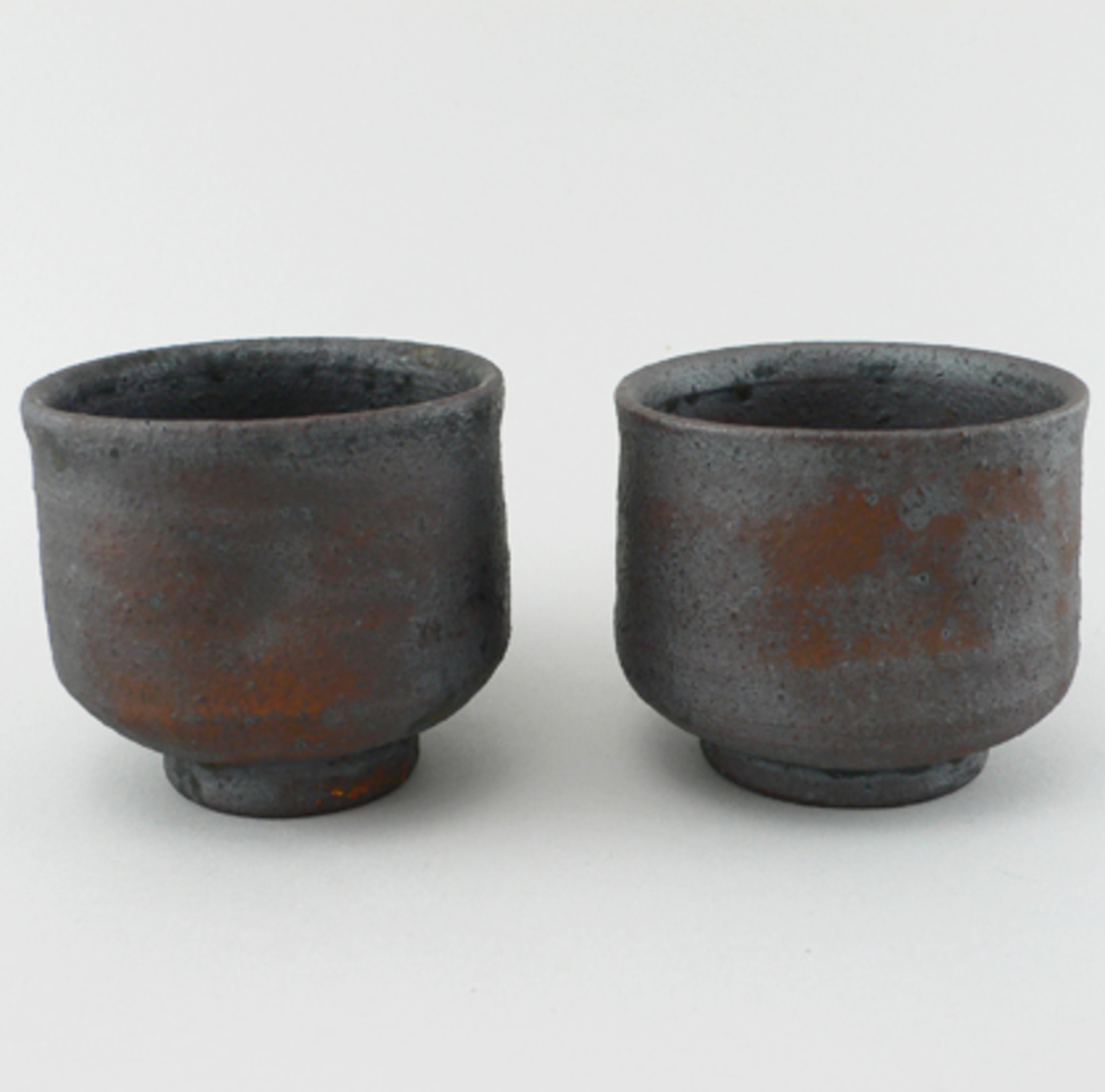A decorative arts history lesson with a side of kimchi
Q. I recently had lunch at a Korean restaurant where all of their tea pots and dishes were made of this lovely black pottery. What is it and can you tell me anything about it?
A.From your description, it sounds like Japanese Raku pottery. …
This item is available in full to subscribers.
Please log in to continue |
Register to post eventsIf you'd like to post an event to our calendar, you can create a free account by clicking here. Note that free accounts do not have access to our subscriber-only content. |
Day pass subscribers
Are you a day pass subscriber who needs to log in? Click here to continue.
A decorative arts history lesson with a side of kimchi
Q. I recently had lunch at a Korean restaurant where all of their tea pots and dishes were made of this lovely black pottery. What is it and can you tell me anything about it?
A.From your description, it sounds like Japanese Raku pottery. Raku-ware is a type of Japanese pottery which traditionally has been used for tea ceremonies. Tea is served in small bowls called “chawan”and are traditionally black in color. The matte lead glaze often has a metallic luster. Raku-ware is more often hand shaped rather than thrown and is fired in a kiln at a low temperature. Because of this, no two handcrafted pieces are alike.
The pottery is pulled from the kiln while still hot, then quickly cooled. Firing at a low temperature makes the ceramic somewhat porous. This process originated in Kyoto Japan in the 16th century and is named after the potter that created and produced it.
This technique can have very unpredictable results. Being able to produce good raku pottery is most often the goal for many modern ceramicists. Raku art pottery first became very popular in the 1950’s-70’s in the United States resulting in developments that produced vibrant colors, deeper earth tones, crackle glazing and oxidation patches.
Handcrafted raku art pottery can be found in galleries specializing in ceramics or websites like Etsy, Gifted Pottery, and others. Simulated mass produced pieces can be found on websites selling Asian wares.
Karen Waterman is a fine art, antique furniture and decorative arts appraiser in the East Bay area and will answer as many questions regarding your “hidden treasures” as possible. By sending a letter or email with a question you give full permission for use in the column. Names, addresses or e-mail will not be published and photos will be returned if requested. Send e-mails (digital photos preferred ) to watermanappraisal@gmail.com. Send snail mail to Waterman Appraisal and Consulting Services, PO Box 134, Barrington, RI 02806.






